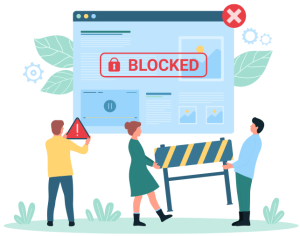How to Set Parental Controls on Mac OS X
It isn’t hard to look around and see the social and technological influence that Apple has had on our society. They’ve slowly placed an iPhone, iPod or Mac...
You're almost there...
Register or Login to your account to view requested content.

Joining the Cyber Safety Plus Membership has many benefits including:
- Exclusive Articles and Practical Advice
- Extensive Online Training Library
- Monthly Live Zoom Meetings
- Supportive Parent Community
- And More!



